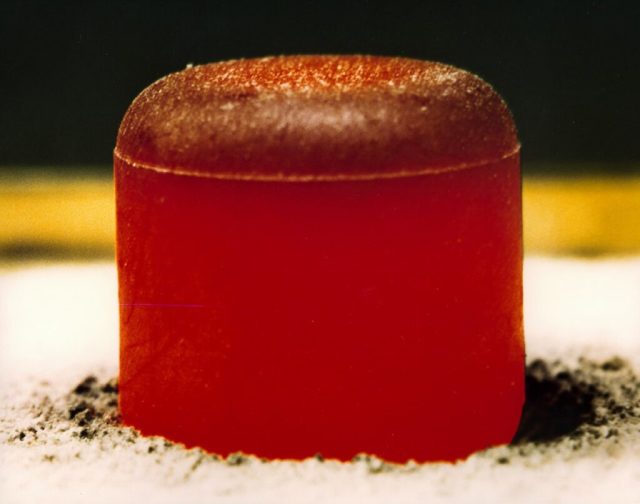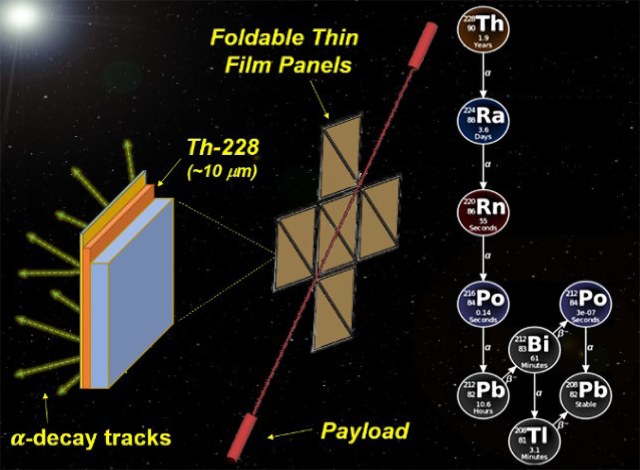A few years ago, the US National Aerospace Agency announced that it was resuming its nuclear program to develop space engines. In 2023, it selected the first concept of a bimodal nuclear propulsion system using a "wave rotor excitation cycle", which will reduce the flight time to Mars to 45 days. Now, the agency has decided on a contractor to create an atomic engine with which it will be possible to explore neighboring star systems and collect samples from interstellar objects.
NASA has ambitious plans for space exploration for the next decade. The agency plans to send several astrobiological missions to Venus and Mars to search for traces of extraterrestrial life. This will happen simultaneously with manned flights to the Moon (for the first time since Apollo). There are also plans to send robotic missions to the moons of Jupiter and Saturn — to Europa and Titan, as well as to other similar worlds where an ice ocean may exist, and therefore exotic life forms.
To achieve these and other goals, NASA launched the NASA Innovative Advanced Concepts (NIAC) program. The Agency annually selects revolutionary concepts in the field of aeronautics and astronautics, and then finances their development.
For example, this year the choice fell on solar—powered drones, bioreactors, light sails, astrobiological experiments and the concept of a thin-sheet isotope nuclear engine (TFINER) proposed by James Bickford , a senior researcher at the American non-profit research organization Charles Stark Draper Laboratory.
NASA documents note that such an installation is necessary for "the implementation of several next-generation missions that require high speeds; with the help of conventional modern rocket technology, such speeds cannot be obtained." We are talking about the launch of a solar gravity telescope that will use the gravitational lens of the Sun (as an amplifier) to observe objects on the surface of distant exoplanets, as well as a mission to explore interstellar objects (which ones are not mentioned).
In recent decades, two types of nuclear installations for space have been most widely heard: nuclear thermal engines (NTP) and nuclear electric motors (NEP), which can provide the necessary thrust and maneuverability. However, according to Bickford, such installations are bulky, heavy and expensive.
"On the contrary, we offer an inexpensive and lighter alternative — a thin-sheet nuclear isotope engine using the energy of decay of radioactive isotopes. This installation will have sufficient capabilities to approach fast-moving interstellar objects and then return samples from them. With its help, it will be possible to study neighboring star systems. In addition, our technology will allow redirecting the gravitational-solar observatory in such a way that many important targets can be observed during one mission," explained Bickford.
The concept of a thin-sheet isotope nuclear engine is based on light sail technology, only thin sheets of the radioactive isotope thorium-228 with a thickness of about 10 micrometers (0.01 millimeters) will be used in the installation. The momentum of the isotope decay products will be used to create thrust. Thorium-228 is characterized by alpha decay, its half-life is 1.9 years.
Thorium is a radioactive metal that is present in most rocks and soils. According to geologists, its reserves on Earth are three to four times higher than uranium reserves.
According to scientists, the spacecraft will need 30 kilograms of thorium-228 distributed over an area of more than 250 square meters, which will create the thrust necessary to develop speeds of over 150 kilometers per second. For comparison, NASA's Parker Solar Probe , which uses a set of engines powered by hydrazine, manages to reach speeds of up to 163 kilometers per hour. However, this speed is mostly due to the gravitational maneuver in the orbit of Venus and the attraction of the Sun.
Bickford explained the main advantage of his installation: the design is based on well-known physics and well-known materials. At the same time, unlike the light sail technology, the new engine will allow the spacecraft to easily maneuver in space and effectively change the flight path.
 |
| A tablet of plutonium dioxide-238, red-hot due to significant energy release under thermal insulation conditions. |
| Source: Los Alamos Laboratory |
The engineer noted that, in addition to thorium-228 sheets, it is possible to use sheets of actinium-227 or other isotopes with a longer half-life. This will allow you to develop a higher speed. It is also possible to use the decay of the isotope thorium-233, which results in the formation of uranium-232, which will increase the performance of the propulsion system by about 500 percent.
The proposed technology will open up many opportunities for NASA in space, in addition, it will be possible to perform several space tasks at once, the scientist stressed.
James Bickford's thin-sheet isotope nuclear engine is not the first such installation that NASA has noticed. In 2023, as part of NASA's Innovative Advanced Concepts program, the agency selected a bimodal nuclear power plant with a wave rotor topping cycle, proposed by Professor Ryan Goss from the University of Florida (USA). This design is based on the NERVA solid fuel reactor, which will provide a specific impulse (Isp) of 900 seconds, which is twice the performance of modern rocket engines.
According to Gosse, its development will potentially make it possible to reach Mars in 45 days. This will reduce the total mission time to several months and reduce the main risks associated with flights to the Red Planet, including radiation exposure and microgravity.

